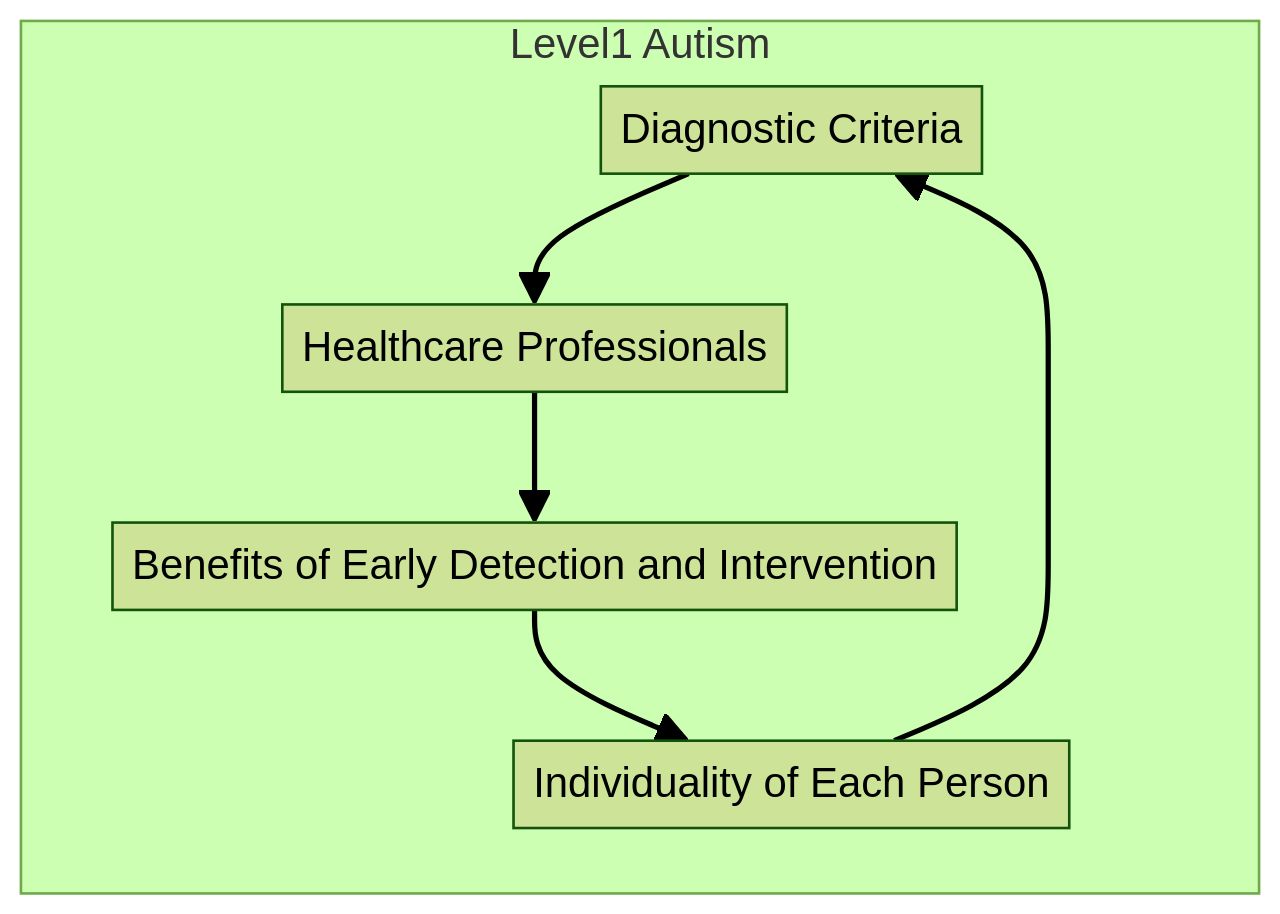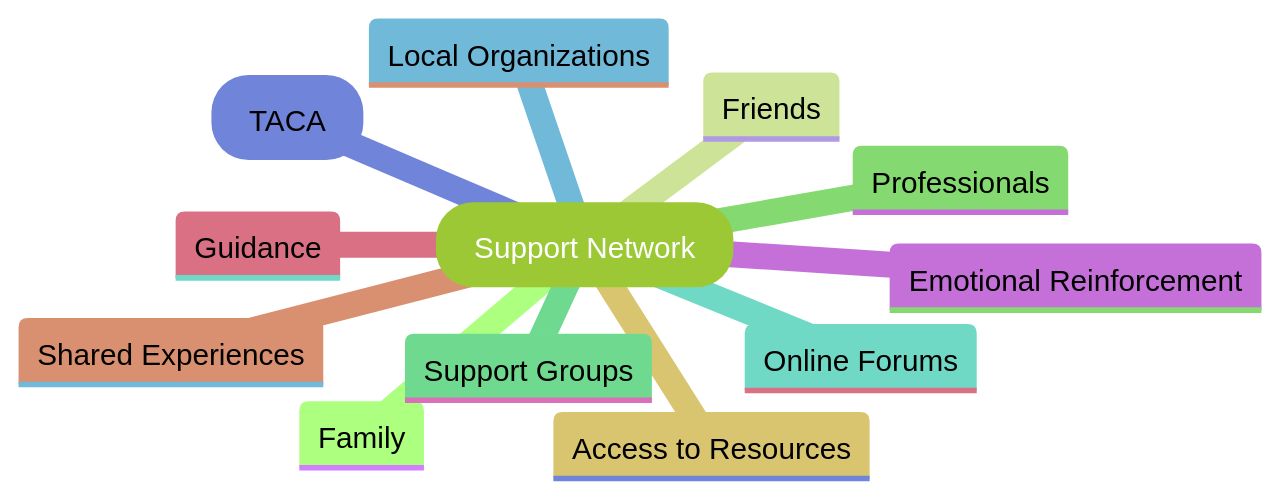Introduction
Unveiling the complexities of Level 1 Autism, also known as Autism Spectrum Disorder (ASD), requires an in-depth understanding of its distinctive characteristics and the diagnostic process. In this article, we will explore the diagnosis of Level 1 Autism, debunk common misconceptions, and delve into the genetic and neurological factors associated with the disorder. Furthermore, we will provide strategies for supporting children with Level 1 Autism, highlighting the importance of early intervention and fostering social skills.
Collaborating with professionals and educators is also crucial, as we will discuss the benefits of a comprehensive partnership and individualized education plans. Lastly, we will emphasize the importance of building a supportive community and engaging with other advocates to navigate the challenges of Level 1 Autism. Join us as we empower Parent Advocates with guidance and resources to ensure the well-being of their children.
Understanding the Autism Spectrum: Levels and Diagnosis
Unveiling the complexities of Level 1 Autism, also known as Autism Spectrum Disorder (ASD), requires an in-depth understanding of its distinctive characteristics and the diagnostic process. ASD is marked by mild social communication issues and restricted, repetitive patterns of behavior. However, it's crucial to acknowledge the individuality of each person with Level 1 Autism as their abilities and challenges can differ.
The diagnosis, typically made by a healthcare professional or specialist, is based on certain criteria detailed in diagnostic manuals such as the DSM-5 and ICD-11. Diagnosis often occurs in early childhood due to the benefits of early detection and intervention. However, in some cases, symptoms may not fully appear until social demands surpass the individual's coping abilities.
Contrary to common misconceptions, Autism is not triggered by vaccines, parenting styles, or nutrition. Research suggests a genetic foundation for the disorder, with patterns of Autism or related disabilities appearing in many families. While no single gene has been identified as the cause, scientists are exploring irregular genetic code segments that may be inherited by individuals with Autism.
Additionally, brain scans have revealed differences in shape and structure in Autism cases compared to neurotypical development. Other research avenues include investigating the impact of certain conditions on unstable genes that may unexpectedly affect brain development, resulting in Autism. Recent findings highlight the metabolic dynamics in early childhood that drive Autism's development, which could inform new detection and management strategies.
Routine screening in well-baby checkups has made it possible to identify early signs of Autism in children as young as 12–14 months. Finally, it's important to note that each ASD case is unique, with different patterns of behavior and severity levels. Therefore, healthcare professionals describe the severity based on the individual's impairments and how they affect their functionality.

Strategies for Supporting Children with Level 1 Autism
In the journey of supporting a child with Level 1 Autism, several strategies can be pivotal. Foremost among these is early intervention. This not only allows the child to reach their fullest potential but also helps in mitigating the risk of poor long-term outcomes, including an increased prevalence of connected conditions such as mental ill health.
It is essential to work hand-in-hand with therapists and educators to devise individualized intervention plans catering to the specific needs of the child. A significant facet of this support is fostering social skills and communication. Facilitating social interaction opportunities and teaching effective communication techniques can enhance their social interactions and help them forge meaningful relationships.
Another crucial aspect is managing repetitive behaviors and routines. By creating a structured and predictable environment, it is possible to reduce anxiety and promote positive behavior. This approach aligns with the recommendations of a recent report by the Child of the North and the Center for Young Lives, which advocates a 'needs-led' approach over a 'diagnosis-led' system.
It's also important to remember that every day with autism is unique, as one insightful quote puts it: “Every day brings a new beginning and a new ending.” Maintaining hope for better days can provide the much-needed encouragement for both the child and the parents. Lastly, it's worth noting that while there are many programs available for children with autism, particularly those of preschool age, not all are widely known or accessible. Therefore, it is crucial to explore and utilize the most fitting resources for your child's specific needs.

Collaborating with Professionals and Educators
To effectively support your child with Level 1 Autism, a robust partnership with professionals and educators is beneficial. This collaboration ensures a comprehensive, coordinated approach, with regular communication and active participation in formulating your child's individualized education plan (IEP).
This strategy ensures their unique needs are met, and necessary accommodations are made in the school environment. Augmentative and alternative communication (AAC) systems, for instance, can be instrumental in aiding non-speaking children express their needs and participate in academic instruction.
Dr. Sarah Douglas's NCSER-funded grant for the development of the POWR system is an excellent example of this. Additionally, early intervention, mediated through parents, can significantly improve social communication in toddlers with autism.
Dr. Hannah Schertz's IES-funded projects showcase the importance of parental mediation in this regard. Moreover, individualized, creative methods for research with neurodivergent children can yield richer data and a more rigorous approach compared to traditional qualitative methods. Also, a strengths-based approach that focuses on the excellent memory, developed visual thinking, attention to detail, honesty, and other valuable skills often exhibited by children with autism can be beneficial. Lastly, it is essential to remember that autistic children may struggle with traditional learning methods. Alternative forms of communication, such as comic books, can play a pivotal role in their learning process.
Building a Supportive Community
Navigating the path of Level 1 Autism might seem daunting, yet remember, you are not alone. Building a network of understanding and supportive individuals, including family, friends, and professionals, can lead to invaluable emotional reinforcement and guidance.
Engaging with other advocates, be it through support groups, online forums, or local organizations, allows for shared experiences and resources. In North Macedonia, for instance, the law requires autistic children to learn alongside their neurotypical peers.
They can also request a class assistant for further support. Despite these steps, sensory overload remains a challenge in classrooms due to the sensory differences experienced by many individuals with autism.
Recognizing this, a sensory room was established at an elementary school, fostering acceptance and equality among peers. Moreover, understanding the educational system is crucial. The Autism Community in Action (TACA) serves as a great resource for exploring topics such as federal laws, Individual Education Plans (IEPs), advocating for your child, and alternatives to traditional public education. It's important to remember that children with autism often require additional supports to reach their educational potential. As a famous quote by Seth Godin goes, “When enough people care about autism or diabetes or global warming, it helps everyone, even if only a tiny fraction actively participate.” So, let's work together, learn from each other, and support our children with Level 1 Autism.

Conclusion
In conclusion, Level 1 Autism, or Autism Spectrum Disorder (ASD), requires a deep understanding of its characteristics and diagnostic process. Each individual with Level 1 Autism is unique, with different abilities and challenges. Contrary to misconceptions, Autism is not caused by vaccines or parenting styles.
Research suggests a genetic foundation for the disorder, with brain differences also observed. Early intervention is crucial for supporting children with Level 1 Autism. Collaborating with therapists and educators to develop individualized plans and fostering social skills are key strategies.
Collaborating with professionals is beneficial in supporting children with Level 1 Autism. This partnership ensures a comprehensive approach and alternative communication methods can be helpful. Building a supportive community is essential.
Engaging with other advocates provides emotional reinforcement and shared resources. By understanding Level 1 Autism, collaborating with professionals, implementing effective strategies, and building a supportive community, we can empower Parent Advocates to ensure their children's well-being. Let's work together for an inclusive society that supports individuals with Level 1 Autism to reach their fullest potential.
Join our community and empower Parent Advocates to ensure their children's well-being.




